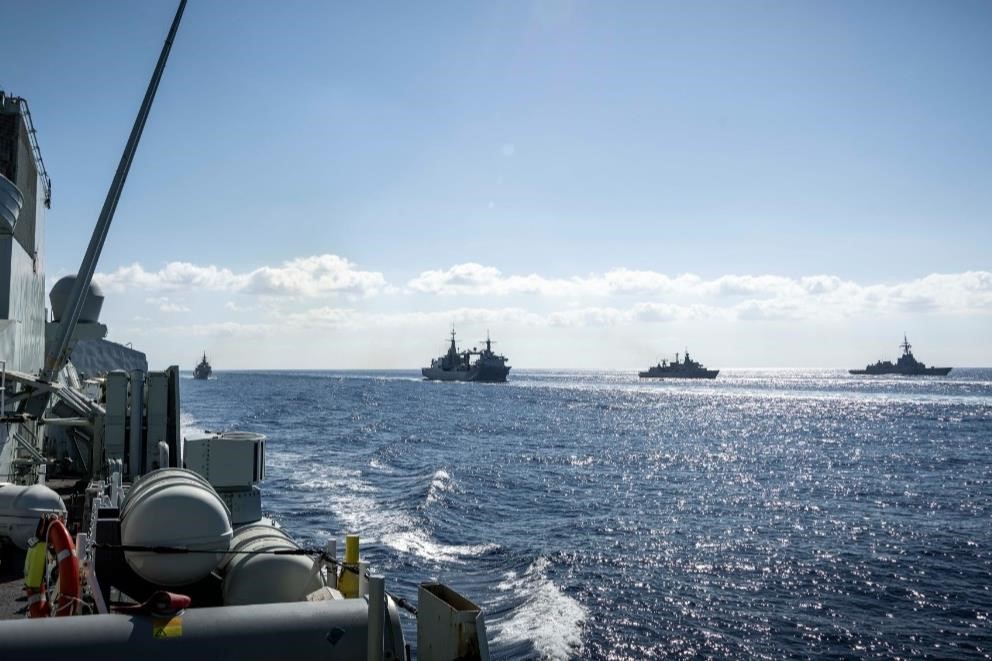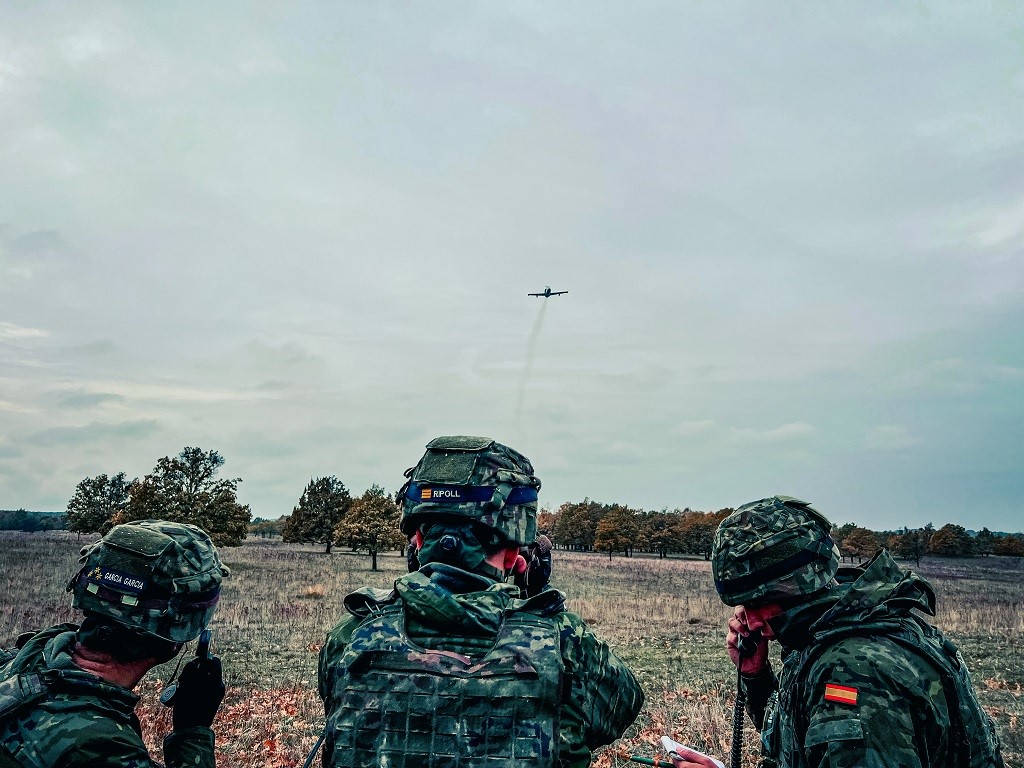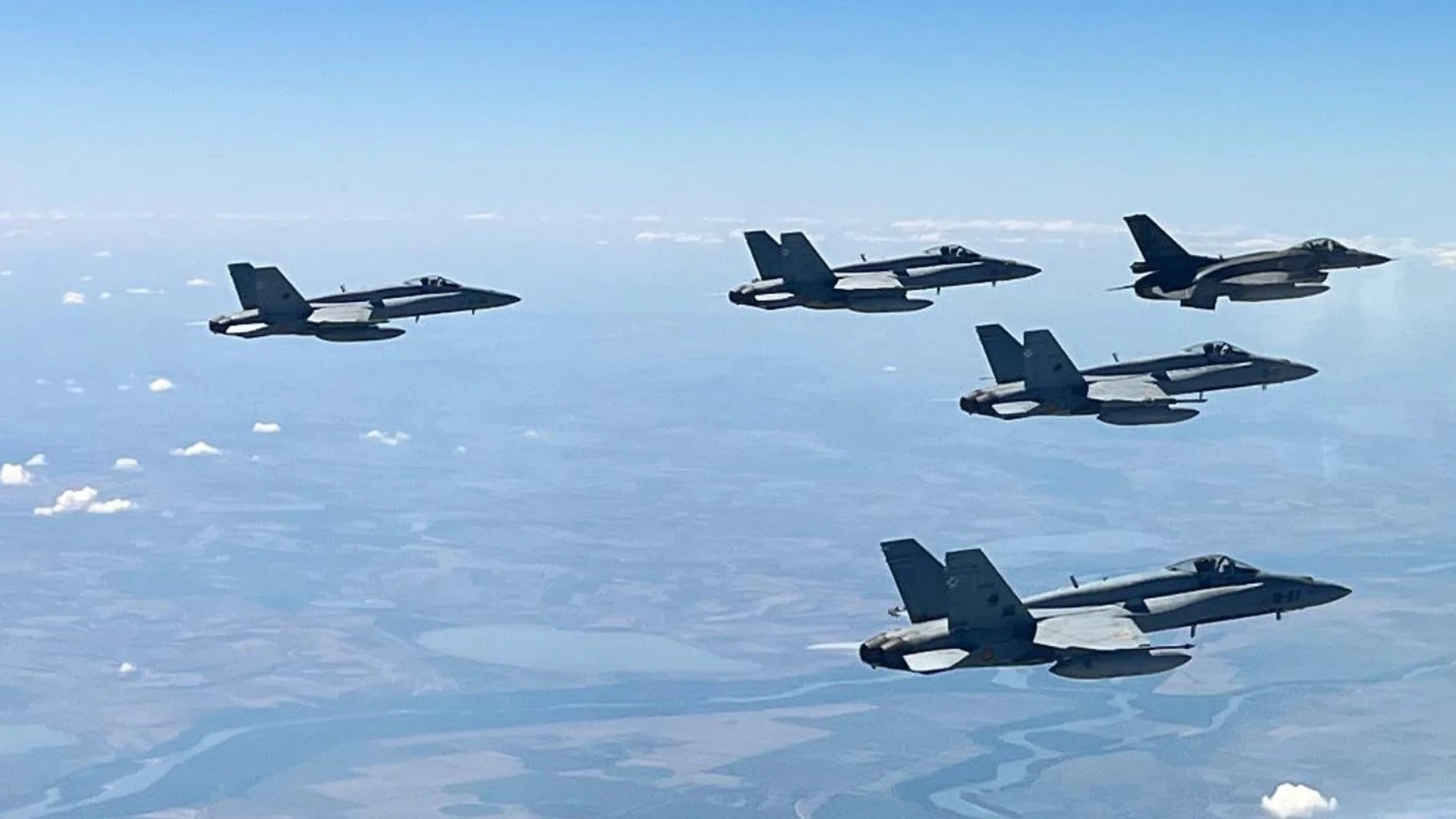
NATO's enhanced surveillance activities, Neptune Strike 24-2, which has been conducted in multiple joint operational areas across Europe, conclude
- Through this training, the alliance increases the integration of its naval, air and anti-aircraft forces to strengthen deterrence and defence strategies in response to evolving security challenges.
The NEPTUNE STRIKE (NEST) 24-2 operational activity has concluded after several days of joint training, covering multiple joint operational areas across the alliance's European territory. During these days several operations have demonstrated joint capabilities and interoperability against a high-level maritime attack, with NATO assuming operational control of multiple vessels and expeditionary strike groups. In this way, the aim is to increase the integration of naval forces from several countries to ensure the readiness and effectiveness of joint operations and thereby strengthen deterrence and defence strategies against evolving security challenges.
With the aim of ensuring freedom of navigation in European seas, participating units have operated from the central Mediterranean and Adriatic Sea to the North Sea and Baltic Sea, including air operations in Central Europe to conduct air-to-ground actions in the Baltic Sea region, also involving Sweden, a new NATO member. Among others, these activities have included amphibious landings, mine action, explosive ordnance removal and drone defence.
Under the leadership of NATO's Naval Striking and Support Forces (STRIKFORNATO), located in Oeiras, Portugal, this defensive military activity took place from 24 to 31 October 2024.
Regarding the North Sea, NEST 24-2 activities will involve the USS Harry S Truman Carrier Strike Group, as well as the Royal Navy aircraft carrier HMS Prince of Wales and its escorts; meanwhile, in the Mediterranean, the command and control ship USS Mount Whitney has operated, enabling the deployment of an autonomous mobile command element anywhere at any time. In total, about 20 surface ships and submarines, special forces and numerous aircraft have been involved in various compositions with some 15,000 military personnel in support.
In this naval context, the participation of NATO's Standing Maritime Group 2 (SNMG2), among other naval groups from different NATO countries, is noteworthy. Within the framework of these maritime activities, the SNMG2 carried out a pass-by exercise (PASSEX) with the Italian Navy's Cavour Carrier Strike Group. In anti-submarine warfare exercises, SNMG2 also interacted with various allied submarines. During Neptune Strike 24-2, SNMG2 was composed of the HMCS Charlottetown (Canada), the frigate Cristobal Colon with the Combat Action Ship Cantabria (Spain) and the HS Aegean (Greece). ‘The successful collaboration between SNMG2 and our allied navies exemplifies our readiness to respond together to various evolving challenges,’ said SNMG2 commander, Royal Canadian Navy Commodore Matthew Coates.
However, the Neptune Strike 24-2 military activity has reinforced Project Neptune, which was conceptualised in 2020. Its aim is to improve the pace and flexibility of command and control over naval strike and amphibious forces. It provides the model for the integration of multinational strike or maritime groups for contingency and defensive operations, even over long distances.
Participation of Spanish Armed Forces
In addition to the frigate Cristóbal Colón as part of SNMG2, as mentioned above, the participation of Spanish military units deployed in NATO operations and missions abroad has been highly notable. Specifically, the following units took part:
- ESP JFAC: Air Component of the Spanish Joint Force which, from the Torrejón base, assumes command and control of NATO air power across the whole spectrum of joint operations.
- SNMCMG2: NATO's Standing Naval Mine Countermeasures Group No. 2, which currently includes the Spanish Navy's Tajo minehunter.
- MN BG TF SVK (Multinational Battle Group Task Force Slovakia), led by Spain and the main force of the Multinational Brigade Task Force Slovakia (MN BDE TF SVK), which is also led by Spain. MN BDE TF SVK is currently under the command of the Parachute Brigade.
- Air Defence Unit (UDAA in Spanish) NASAMS Estonia, which is part of the 'Persistent Effort' deployment as part of NATO's integrated air defence on NATO's eastern flank.
Fotos




